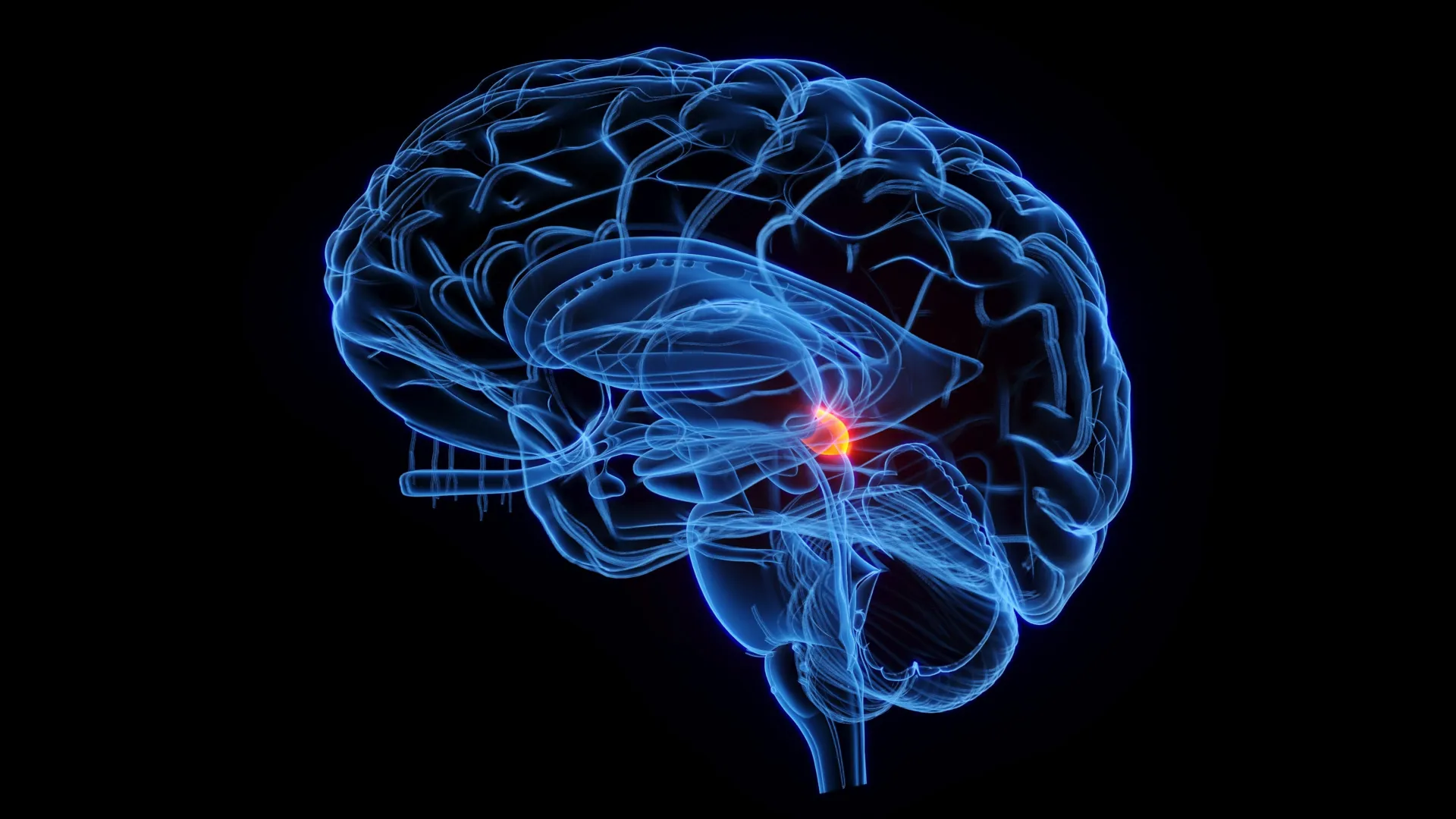Scientists at the Massachusetts Institute of Technology (MIT) have developed a groundbreaking 3D model of human brain tissue, designed to advance the study of neurological diseases. The innovation, known as Multicellular Integrated Brains or miBrains, utilizes patient-derived stem cells to create individualized brain models, enabling researchers to better understand diseases such as Alzheimer’s and test new therapies.
The introduction of miBrains marks a significant shift in neuroscience, moving beyond traditional lab models and animal testing to create systems that more accurately replicate human brain functions. Each miBrain, measuring less than a dime, integrates all six major cell types found in the human brain, including neurons and glial cells, into a single living model.
Innovative Approaches to Brain Research
According to Li-Huei Tsai, Picower Professor and director at MIT, “The miBrain is the only in vitro system that contains all six major cell types that are present in the human brain.” This holistic approach allows for a more comprehensive examination of cellular interactions and disease mechanisms.
In their initial experiments, researchers utilized miBrains to investigate the impact of a common genetic marker associated with Alzheimer’s disease. They discovered that the APOE4 gene variant altered cell interactions, leading to changes that are characteristic of the disease.
Traditionally, brain research has relied on simplified cell cultures or animal models. While cell cultures are straightforward to produce, they often lack the necessary complexity to evaluate how various brain cells interact. On the other hand, animal models offer a more complete biological context but can be costly and slow to produce reliable results.
The miBrains combine the best of both worlds, being easy to cultivate and modify while accurately reflecting real brain behavior. Additionally, because these models are derived from patient-specific stem cells, they can be personalized to mirror an individual’s genetic profile.
Engineering Complex Brain Tissue
Creating a model that incorporates multiple cell types required extensive experimentation. One of the main challenges was engineering a structure that could support cell activity. The research team developed a hydrogel-based “neuromatrix,” which simulates the brain’s natural environment using a mix of polysaccharides and proteoglycans. This environment promotes the functional development of neurons.
Researchers carefully adjusted the proportions of the six cell types, allowing them to cultivate realistic neurovascular units. This modular design enables precise control over cellular inputs, genetic backgrounds, and sensors, which are crucial for applications in disease modeling and drug testing. Alice Stanton, the study’s lead author, emphasized the importance of this flexibility.
In their analysis of the APOE4 gene variant, the researchers found that astrocytes carrying this variant induced Alzheimer’s-like immune responses only when participating in the multicellular environment of the miBrain. Furthermore, these APOE4 astrocytes contributed to the accumulation of amyloid and tau proteins, which are associated with Alzheimer’s progression.
The findings from this research highlight the potential of miBrains to uncover disease processes that simpler models may overlook. The team plans to enhance the system further by adding features such as microfluidic blood flow and advanced single-cell profiling, making the models even more lifelike.
As Li-Huei Tsai noted, the potential to create individualized miBrains for different patients could significantly advance the development of personalized medicine. This innovative approach to brain research is expected to provide vital insights into neurological diseases and pave the way for tailored therapies.
The study detailing these advancements has been published in the Proceedings of the National Academy of Sciences, marking a pivotal moment in the intersection of neuroscience and personalized medicine.







